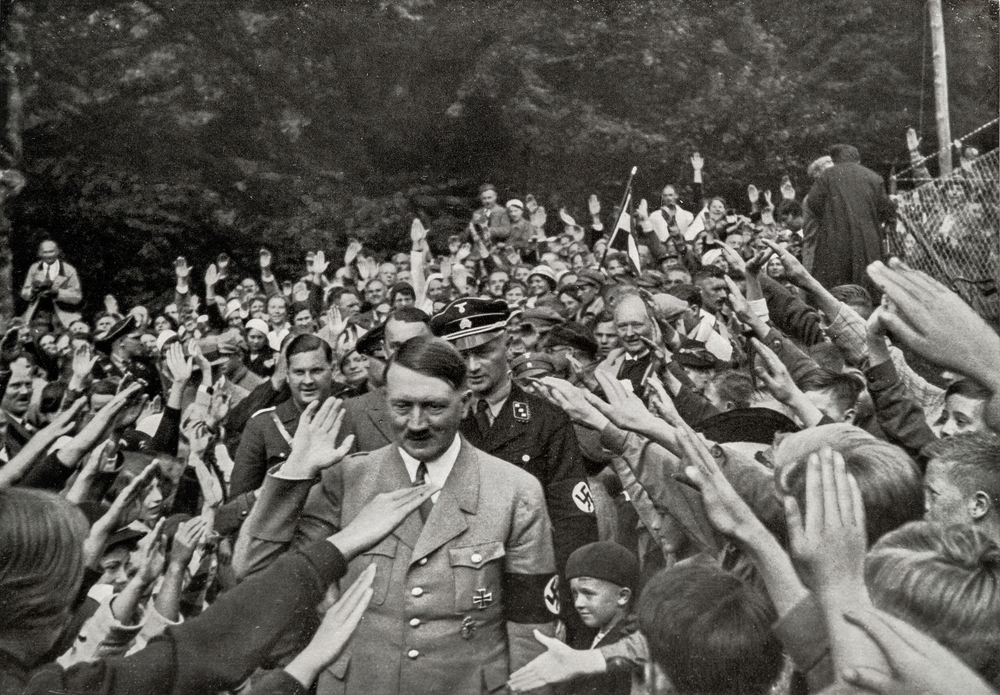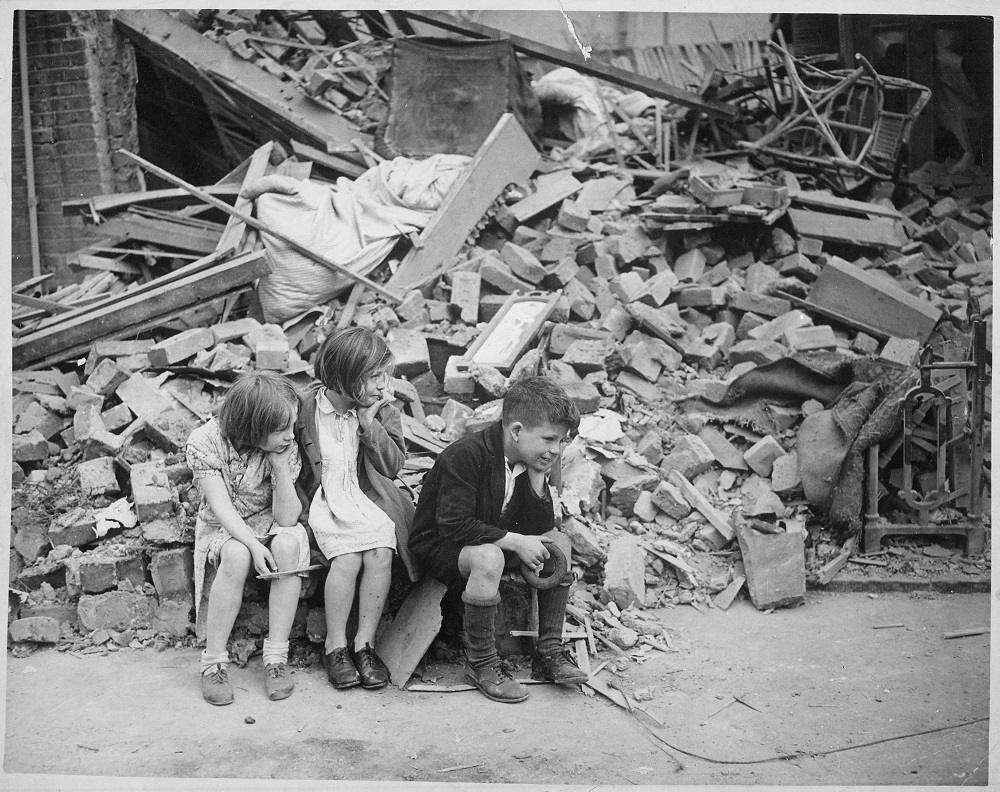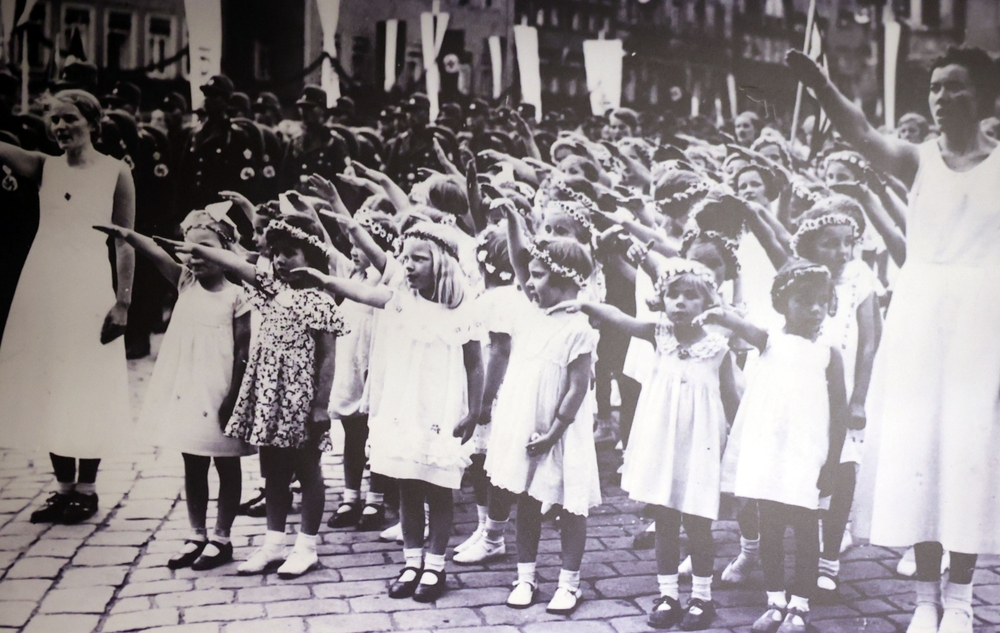What was childhood like in Nazi Germany?
When we think of childhood, we tend to imagine playgrounds, school lunches, cartoons, and scraped knees — not mandatory military drills, lessons in racial ideology, or government loyalty pledges. But for children growing up in Nazi Germany during the 1930s and 1940s, the concept of “normal” was turned completely upside down.
While many kids in Germany at the time may have thought their lives were normal, the reality was far more sinister. They were being raised not just as future citizens, but as tools for a fascist empire. And those who didn’t fit the Nazi mold — Jewish children, Roma children, children with disabilities — didn’t get to experience childhood at all. They were stripped of their rights, their identities, and often their lives.
This article won’t be your usual reverent historical deep dive. It’s rough, sarcastic, and painfully honest — because the truth about childhood in Nazi Germany is as disturbing as it is important. Let’s peel back the curtain on what happens when a government decides it owns your childhood — and your future.

The Glorious Propaganda Machine
One of the first goals of the Nazi regime was to control education. Schools were seen as an essential tool to instill Nazi ideology from an early age. After Hitler became Chancellor in 1933, educational reforms were implemented. Jewish teachers were dismissed. Curriculum content was revised to reflect the values of the regime.
Subjects like history and biology were used to promote racial theory. Textbooks emphasized the superiority of the so-called Aryan race and the dangers of “racial mixing.” Mathematics problems sometimes use real-world scenarios involving racial or economic propaganda. For example, children might be asked to calculate the cost of supporting people with disabilities to justify the state’s eugenics programs.
Teachers were required to be members of the National Socialist Teachers League. Loyalty to the regime was expected. Children greeted their teachers and each other with the Nazi salute. Posters, pictures of Hitler, and swastikas decorated classrooms.
The Role of Hitler Youth and League of German Girls
Outside of school, children were also drawn into Nazi ideology through state-run youth organizations. The most well-known of these were the Hitler Youth (Hitlerjugend) for boys and the League of German Girls (Bund Deutscher Mädel) for girls. These groups became the sole official youth organizations in Germany after 1936, when all other youth clubs were banned or absorbed.
Boys participated in paramilitary training, physical fitness, and ideological education. They learned discipline, obedience, and loyalty to Hitler. Girls, on the other hand, were prepared for their roles as wives and mothers. Their training focused on domestic skills, health, and education in racial ideology.
Membership in these organizations became mandatory in 1939. Participation was considered a civic duty. Children were often pressured by their schools, communities, and families to join.
The Nazi View of the Family
The Nazi regime promoted a very specific image of the ideal family. It encouraged large families among racially “pure” Germans and introduced policies to support this goal. The Mother’s Cross (Mutterkreuz) was awarded to women who had multiple children. Loans and financial support were offered to families with more children, as long as they met racial standards.
Children were expected to be loyal to the Führer above all else. In some cases, children were encouraged to report family members who expressed anti-Nazi views. Propaganda portrayed the state as an extension of the family, or even more important than the family unit.
Parents who opposed Nazi ideology risked punishment, not just for themselves but for their children. In extreme cases, children could be taken from their homes and placed in state-run institutions or foster homes that promoted Nazi beliefs.
The Lives of Persecuted Children
Not all children in Nazi Germany had the same experiences. Jewish children, Roma (Gypsy) children, children with disabilities, and other minorities faced severe discrimination and persecution.
Jewish children were gradually excluded from public life. At first, they were segregated in schools or expelled altogether. By the late 1930s, many were sent to ghettos or deported to concentration camps. Most did not survive the Holocaust. Similarly, Roma children were subject to forced sterilization, imprisonment, and execution.
Children with physical or mental disabilities were targeted under the T4 euthanasia program, which sought to eliminate “life unworthy of life.” Many of these children were removed from their families and killed in medical facilities under the guise of treatment.
Children During World War II
When World War II began in 1939, the lives of children changed significantly. Many were evacuated from cities to the countryside to escape bombing raids. This evacuation program, known as Kinderlandverschickung, involved placing children with host families or in rural camps.
Children had to adapt to separation from parents, unfamiliar environments, and shortages of food and supplies. In urban areas, those who remained endured air raids, blackouts, and destruction of their homes. Some older children were involved in war-related efforts, such as collecting scrap metal or helping in agriculture.
By the final years of the war, boys as young as 12 were recruited into the Volkssturm (People’s Storm), a last-ditch militia created to defend Germany. Many died in combat. Others were injured or captured.

After the War
The end of the war in 1945 brought more challenges for children in Germany. Cities were destroyed, families were torn apart, and many children were left orphaned or homeless. The Allied occupation brought new systems of education and denazification. German children had to adapt to a completely different worldview.
Children who had grown up believing in Nazi ideology were suddenly told that everything they had learned was wrong. Some struggled to reconcile these differences, especially when their parents or teachers had supported the regime. Others experienced trauma, guilt, or confusion.
In the years following the war, German society was forced to reflect on its past. For many children, this meant growing up in an atmosphere of silence or denial, where questions about the war and the Holocaust were avoided or downplayed.
One of my sources of inspiration for this article was this particular book. Hitler Youth, 1922-1945: An Illustrated History will change your entire perspective about this chapter. It’s available on Amazon with one click away.
Conclusion
Childhood in Nazi Germany wasn’t about playtime and ice cream. It was about conformity, ideology, fear, and a whole lot of marching in straight lines. The regime didn’t care about kids — they cared about controlling them. Education, youth organizations, family life, and public behavior were all tools used by the Nazi state to influence and mold children into loyal followers of the regime.
While many German children experienced this period as a mix of propaganda and wartime hardship, others — particularly those from persecuted groups — faced much worse, including violence, exclusion, and death. The legacy of this time continues to be studied by historians, educators, and psychologists seeking to understand how a government could so effectively manipulate an entire generation from the earliest stages of life.
By examining this chapter in history, we gain insight into the dangers of authoritarianism and the importance of protecting the rights and freedoms of children everywhere. Childhood should be a time of safety, learning, and growth, not political indoctrination and war.
It’s easy to look back and say, “Well, that was a different time.” But the truth is, the Nazi system intentionally molded childhood into something cold, calculated, and cruel. It wasn’t a childhood at all. It was a preparation for war, both military and ideological.
Curious for more historical facts? Check out this article, The Shocking Truth Behind the 5 Darkest Days in American History.
